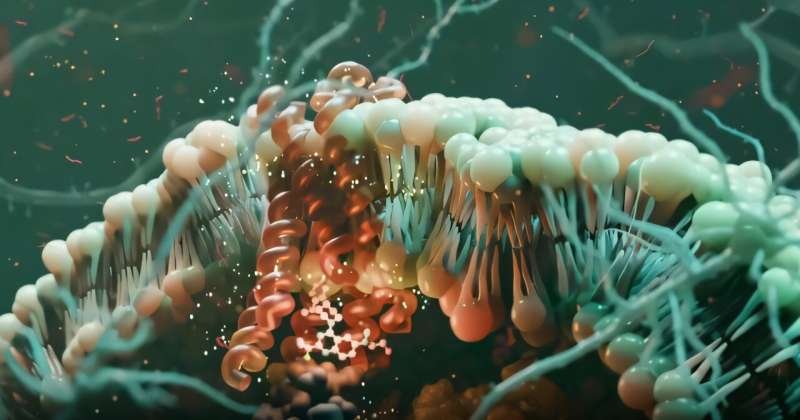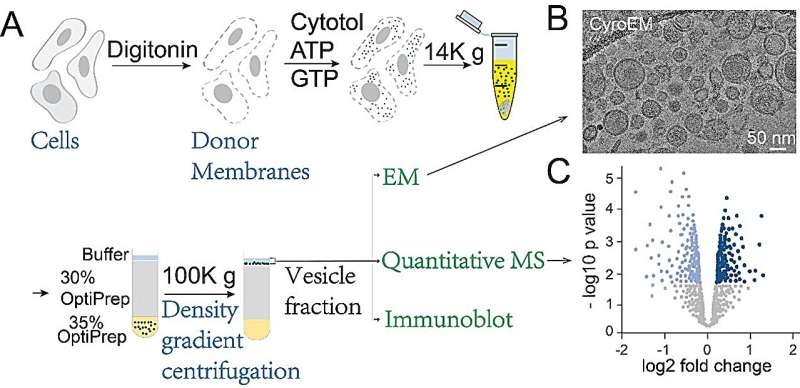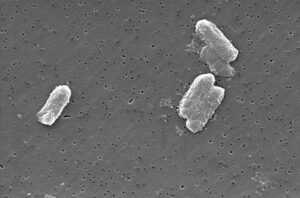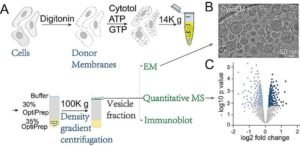How (-)-Terpinen-4-ol from Probiotics Could Revolutionize Antibiotic Resistance Treatment
A Breakthrough in Combating Antibiotic Resistance: The Power of (-)-Terpinen-4-ol
Antibiotic resistance is one of the biggest challenges facing modern medicine. Bacteria are evolving to resist even our strongest drugs, leaving us with fewer treatment options. But what if nature already holds the key to solving this crisis? Recent research highlights a promising solution: (-)-Terpinen-4-ol, a compound derived from human vaginal probiotics, that could help restore the power of antibiotics by blocking bacterial defense mechanisms.
In this article, we’ll break down how this discovery works and why it matters for the future of medicine.
Understanding Antibiotic Resistance
Before diving into the breakthrough, let’s cover some basics. Antibiotic resistance happens when bacteria develop ways to survive exposure to drugs designed to kill them. One common tactic used by bacteria is something called efflux pumps—tiny structures on their surface that pump out antibiotics before they can do damage. These pumps make infections harder to treat because the drugs never reach effective levels inside the bacteria.
The growing prevalence of resistant strains like E. coli and K. pneumoniae has made finding new solutions critical. This is where (-)-Terpinen-4-ol comes in.
What Is (-)-Terpinen-4-ol?
(-)-Terpinen-4-ol is a naturally occurring compound found in certain plants and now discovered in human vaginal probiotics. Researchers isolated it from a species of beneficial bacteria called Lactobacillus jensenii. While the compound itself doesn’t kill bacteria directly, it plays a crucial role in making existing antibiotics more effective.
Here’s how it works:
Blocking Efflux Pumps
Efflux pumps act like bouncers at a club, kicking out antibiotics before they cause harm. By inhibiting these pumps, (-)-Terpinen-4-ol allows antibiotics like erythromycin to stay inside the bacteria longer, giving them time to work properly. In lab tests, combining erythromycin with (-)-Terpinen-4-ol reduced bacterial loads by up to 99.9%, showing its potential as a game-changer.
Strengthening Cell Membranes
Another way (-)-Terpinen-4-ol helps is by weakening bacterial cell membranes. When these protective barriers become more permeable, antibiotics can enter more easily, further enhancing their effectiveness. It’s like opening a locked door so the medication can get through.
Testing the Compound: From Lab Studies to Real-Life Models
To ensure their findings were reliable, researchers conducted several experiments using both laboratory models and living organisms. Here’s a quick overview of the results:
Time-Kill Assays
In time-based experiments, treating bacteria with a combination of (-)-Terpinen-4-ol and erythromycin led to a dramatic drop in bacterial counts—up to 7-log reductions compared to either substance alone. This means the combo was far more effective than either component working solo.
Zebrafish Infection Model
Researchers also tested the compound in zebrafish infected with drug-resistant bacteria. After treatment with the combination therapy, bacterial burdens dropped significantly without causing harm to the fish. Histopathological analysis confirmed no signs of toxicity or tissue damage.
Human Bladder Cells
Finally, the team examined whether (-)-Terpinen-4-ol would be safe and effective in human cells. Using bladder cancer cells as a model, they found that the compound not only worked well but also showed no harmful side effects.
Why This Discovery Matters
This research opens exciting possibilities for tackling antibiotic resistance. Unlike many experimental treatments, (-)-Terpinen-4-ol appears to be non-toxic, making it safer for use alongside traditional antibiotics. Its ability to target multiple types of bacteria—including dangerous superbugs like MRSA and Pseudomonas aeruginosa—makes it especially valuable.
Moreover, since it comes from probiotics (beneficial bacteria), there’s less risk of adverse reactions compared to synthetic alternatives. This positions it as a highly promising candidate for further development.
The Future of (-)-Terpinen-4-ol
While still in the early stages, this discovery paves the way for new therapies aimed at restoring the potency of existing antibiotics. Further studies will need to explore its full range of applications and confirm safety in humans. However, the initial results are incredibly encouraging.
Imagine a world where doctors can once again rely on trusted antibiotics to treat stubborn infections. With innovations like (-)-Terpinen-4-ol, that future may not be far away.
Conclusion: Join the Fight Against Superbugs
The battle against antibiotic resistance requires creative thinking and innovative solutions. Compounds like (-)-Terpinen-4-ol remind us that sometimes, the answers lie in nature itself.
If you’re interested in learning more about cutting-edge medical discoveries or want to support research efforts, consider sharing this article with others who care about public health. Together, we can spread awareness and drive progress toward a healthier tomorrow!













Post Comment